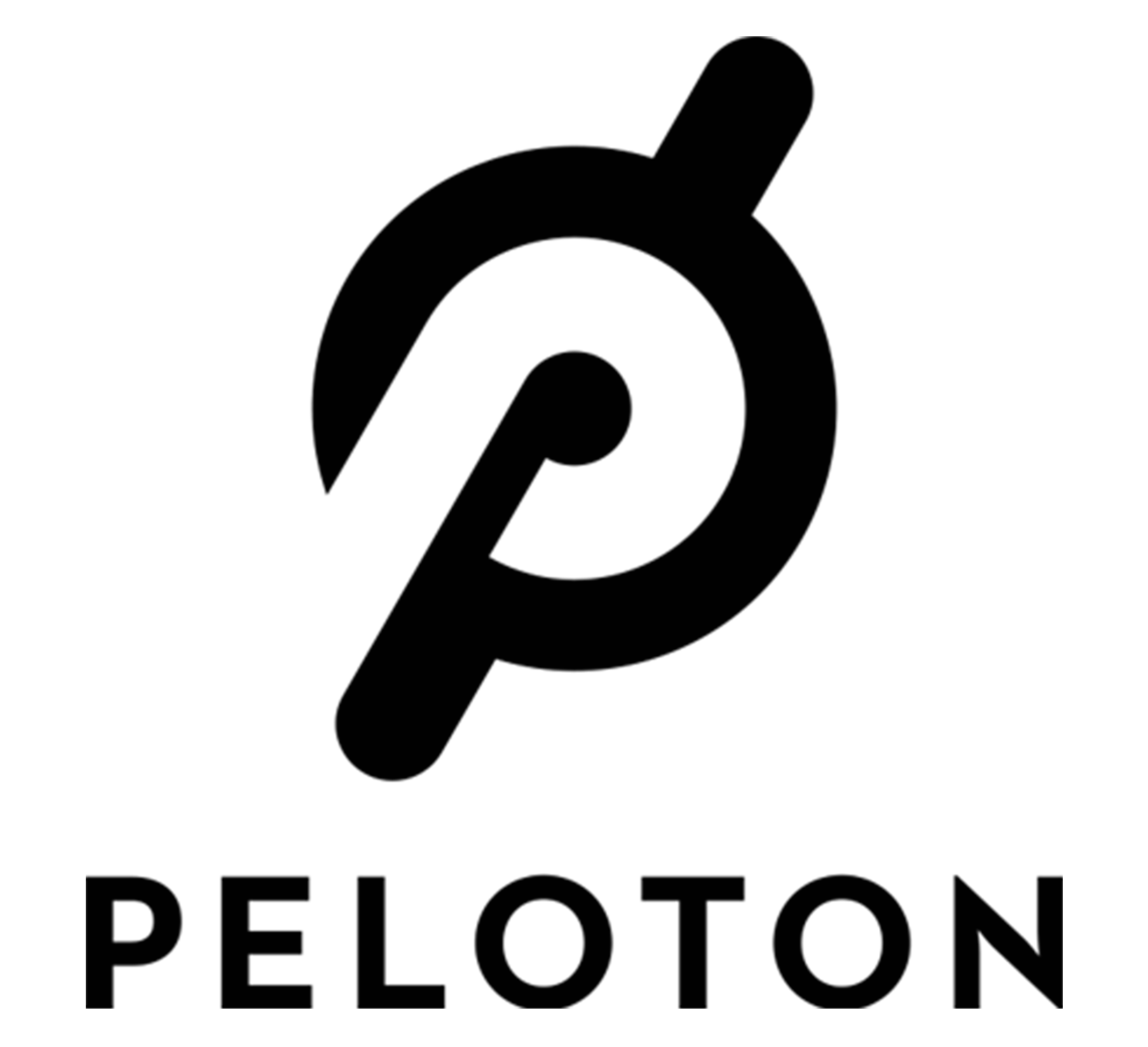
Mission: Utilize the power of Moore"s Law to bring smart, connected devices to every person on earth.
Vision: If it"s smart and connected, it"s best with Intel.
An inclusive, great place to work: At Intel, we believe a productive and challenging work environment is vital to our success. This requires an open, candid, and respectful approach to working with one another. Building trust and maintaining dignity are critical in our very diverse global workforce and environment. Ultimately, we want every employee to look forward to coming to work each day.We strive to create an inclusive work environment that fosters diversity; treat one another equally with dignity and respect; be open and direct; promote a challenging work environment that develops our workforce; work as a team with respect and trust for each other; win and have fun; recognize and reward accomplishments; manage performance fairly and firmly; and be an asset to our communities worldwide.
Customer orientation: Intel"s concept of customer orientation goes beyond conducting business in the marketplace. It"s absolutely crucial that we listen and respond to our team members within Intel in a cooperative and supportive manner. We listen and respond to our customers, suppliers, and stakeholders; clearly communicate mutual intentions and expectations; deliver innovative and competitive products and services; make it easy to work with us; and excel at customer satisfaction.
Discipline: Our employees pride themselves on their ability to make and meet commitments, a quality we"re able to attain by clearly communicating our intentions and expectations. We strive to conduct business with uncompromising integrity and professionalism; ensure a safe, clean, and injury-free workplace; make and meet commitments; properly plan, fund, and staff projects; pay attention to detail; and keep Intel information secure."Discipline is all about planning. A lot of people think that it"s presentation skills, but it"s really preparation skills."
Quality: There"s a strong commitment at Intel to quality and continuous improvement. This commitment extends to all levels of the company. We strive to achieve the highest standards of excellence; do the right things right; continuously learn, develop, and improve; and take pride in our work.
Results orientation: We strive to set challenging and competitive goals, focus on output, assume responsibility, and execute flawlessly. To help drive that process, we encourage each other to assume responsibility and to confront and solve the inevitable problems that arise along the way. Our well-known practice of constructive confrontation has served us well in recognizing issues early and dealing with them quickly and efficiently in a problem-solving mode.
Risk taking: Risk taking recognizes that some failures are unavoidable. Some experiments will generate favorable outcomes, while others will lead to disappointment. But even the disappointments can be turned into gains. We strive to embrace a growth mindset in everything we do, foster innovation and creative thinking, embrace change and challenge the status quo, listen to all ideas and viewpoints, learn from our successes and mistakes, and encourage and reward informed risk taking.
Experiences in the field of data science
What is the most challenging aspect of what you do now?
Describe a recent data science project you have worked on.
Describe the structure of an LSTM model.
Given measurements of acceleration taken from a wristband, with second by second acceleration in the X, Y, Z axis, how would you predict if the person wearing the wrist is sitting, walking, or just standing?
Eigen values and statistics questions.
Stage 1: Phone screen with recruiter
Stage 2: Several in-person interviews, conducted in 3 days The first day is a structured interview with 3 stations, then a second interview day with 2 hiring managers and a final third-day interview with the chief data scientist and the team leader.








Pathrise is a career accelerator that helps people land their dream jobs. We regularly place our fellows at top companies like Apple, Amazon, and Meta. Our mentors have experience at companies like Apple, giving fellows the inside scoop on interview and company culture in 1-on-1 sessions.
We can’t guarantee you a job at a specific company like Apple. But we do guarantee you a great job–if you don’t accept an offer in 1 year, you pay nothing. Our income share agreement means you only pay with a percentage of your income at your new role.
Mentors work with fellows at every stage in search, helping them build the skills necessary to be the best candidate possible. Fellows in Pathrise usually see a 2-4x increase in application response rates, 1.5-3x increase in interview scores, and 10-20% increase in salary through negotiation.